In today’s gig economy, workers have the ability to be their own boss, setting their own hours and pay. However, this often-romanticized vision doesn’t always paint a complete picture of the reality of working in this sector. This blog post explores the complexities of the gig economy, focusing on driving for Uber and Lyft, as well as the impact of recent laws and policies.
Uber drivers often have to deal with disrespectful passengers and a flawed compensation system. The case of a driver who was asked to do an extra stop without being paid for the time and dealt with rude customers highlights this issue. This incident is a stark reminder that drivers depend on passengers respecting their time as they don’t earn much. Therefore, it’s crucial for passengers to understand and respect the fact that drivers rely on this income to make ends meet.
Lyft, another popular ride-hailing service, has introduced new features allowing drivers to choose XL and Comfort over Classic. This innovation provides drivers with more control over the types of rides they offer, potentially increasing their earning potential. However, it’s also important to note the differences between driving part-time and full-time in the gig economy. Part-time drivers have the advantage of being able to choose when they work, thus potentially maximizing their earnings.
One contentious issue in the gig economy is the impact of the plastic bag ban on grocery deliveries. This ban presents a logistical challenge for drivers, who often need to carry multiple items at once. One potential solution is for drivers to carry reusable bags to the store and swap them with customers. This could help alleviate the issue while also promoting sustainability.
Finally, the topic of mandatory tipping for gig workers sparks a lively debate. Some argue that tips should be mandatory to ensure fair compensation for workers, while others believe that tips should be earned based on service quality. This discussion highlights the need for a comprehensive and fair compensation system for gig workers.
In conclusion, while the gig economy offers flexibility and potential income opportunities, it also presents unique challenges. As this sector continues to evolve, it’s essential for both workers and consumers to stay informed about these issues and potential solutions.

